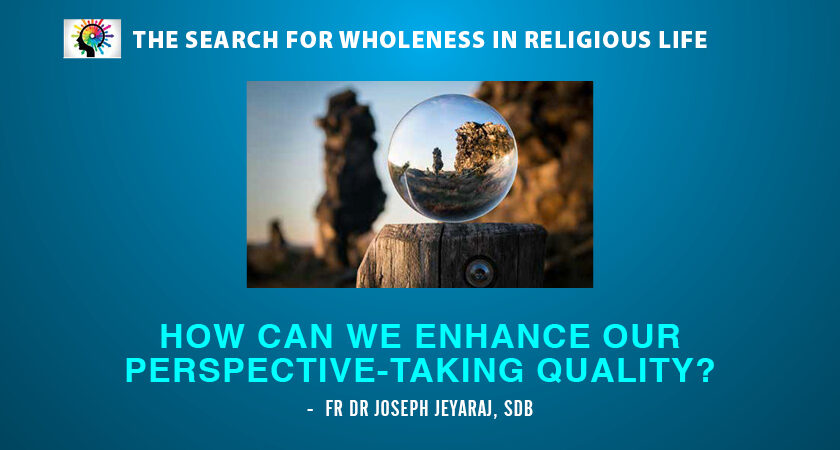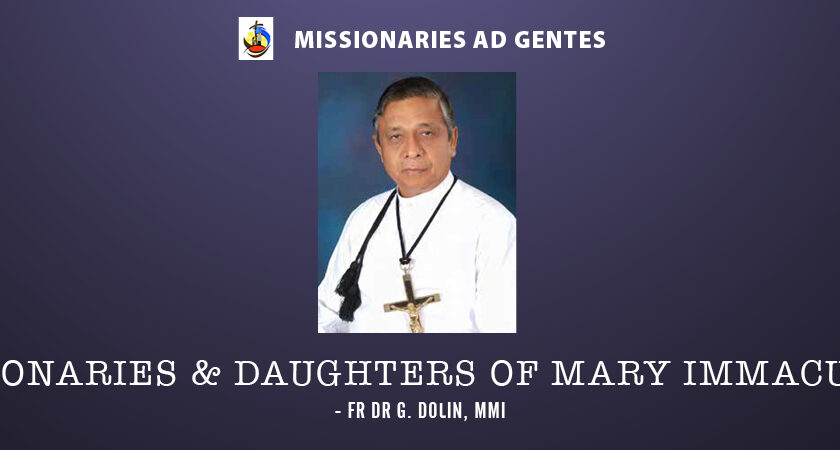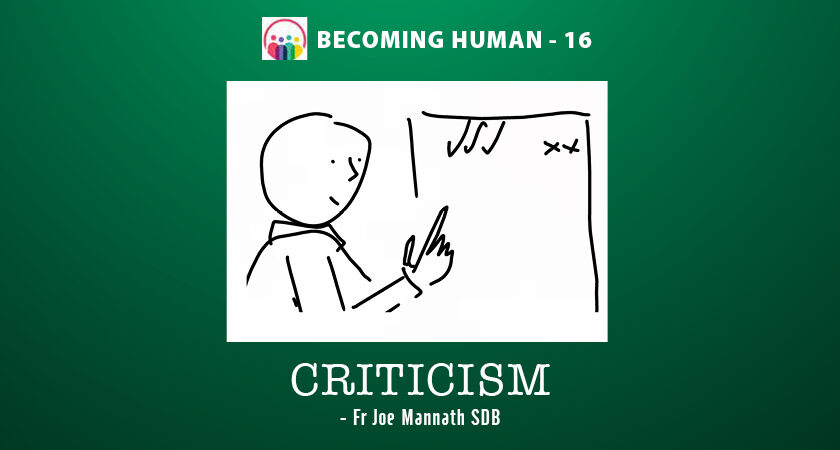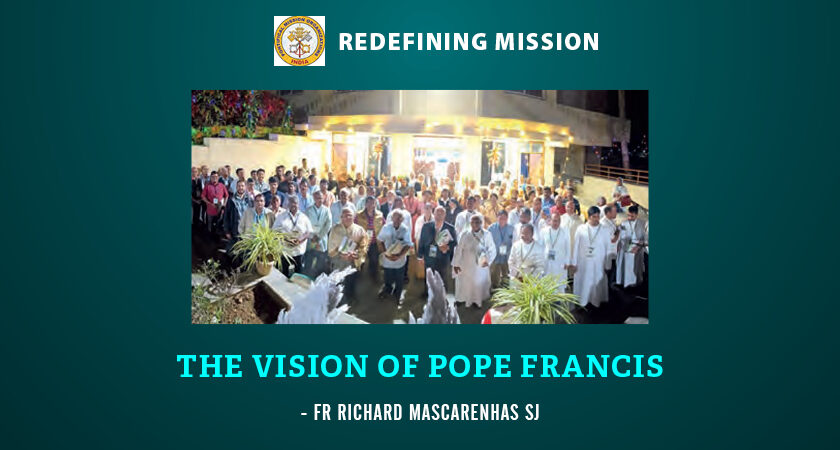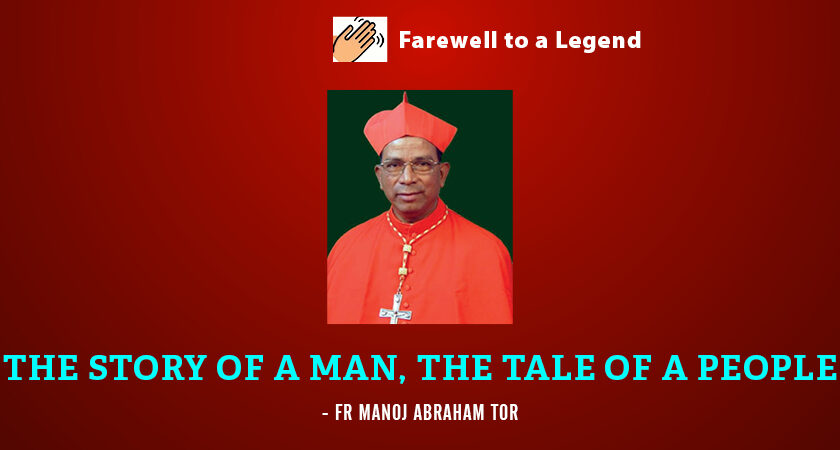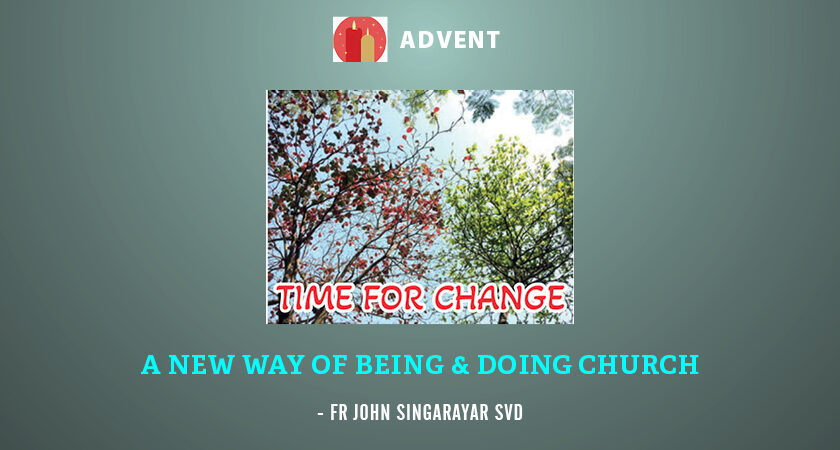“One of the best gifts you can give to someone, is a wider perspective. It’s also one of the best gifts you can receive.” – Unknown
In this fourth and final part of our discussion on the cognitive dimension of the Wholeness Paradigm, we shall try to understand the process by which we learn perspective-taking and also offer a simple, global scale to measure our perspective-taking capacity.
Do we know that the world of other people is alien to us. It is almost invisible to our naked eyes. Their world is made up of intentions, beliefs, emotions, desires and expectations that we are not aware of. How many of us think about this world of others? Very few of us, I am afraid.
Even then, very few of us understand the sounds, the images, the dreams and the fears other people experience day after day. Cecilia Heyes in her book Falese belief in Infancy discusses how the capacity to imagine or decipher the thoughts, ideas and beliefs of others is very primitive in infants. As they grow up and develop all their faculties, they become proficient in understanding it.
The Three Mountains Task and Perspective Taking
The famous ‘Three Mountains Task’ of Piaget is a classic example of how to find out if the children are capable of understanding the perspective of other people. Jean Piaget, placed a three-dimensional model of three mountains on a table in front a little child. This Piagetian task was used to assess visual perspective-taking in children. A doll is placed at various locations around a three-dimensional display of three mountains. The children must indicate how the doll would see the display. If the child described only the display that he/she was able to see, we could conclude that the child could not identify the perspective of the other person. If he/she performs successfully, we can assume that the child is capable of perceiving other people’s mental states and to understand that their perspectives could be different from the child’s own egocentric perspective. As the child develops his/her intelligence and improves his/her perspective-taking ability, he/she would be considered to be maturing and developing well.
Fr. Dr. Joseph Jeyaraj, sdb
To read the entire article, click Subscribe






